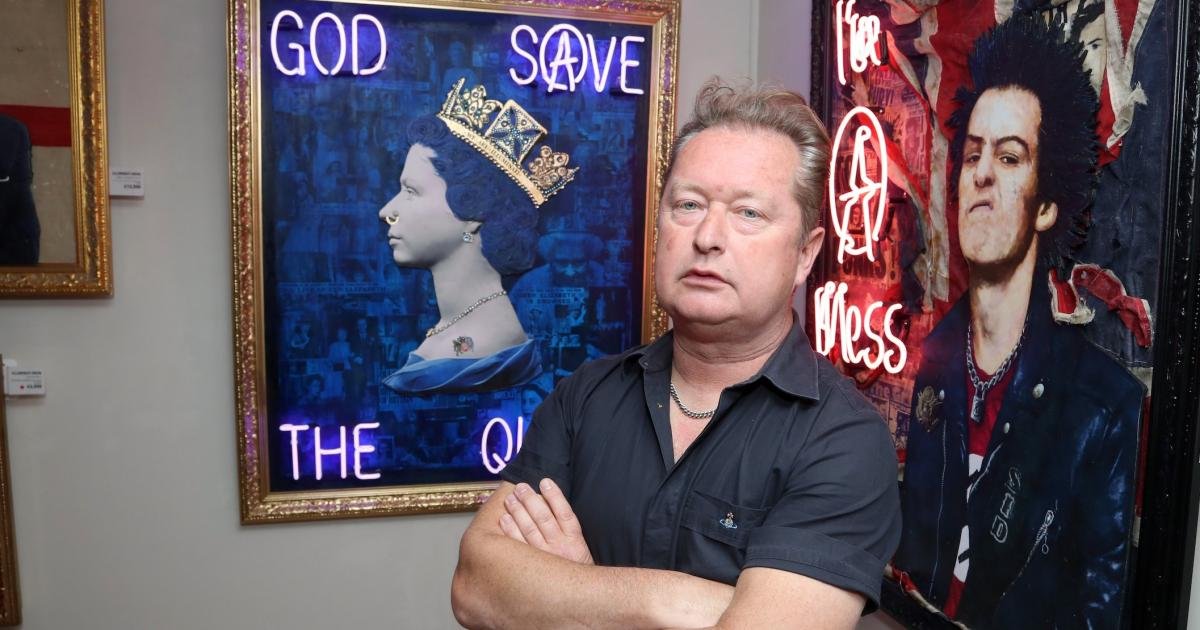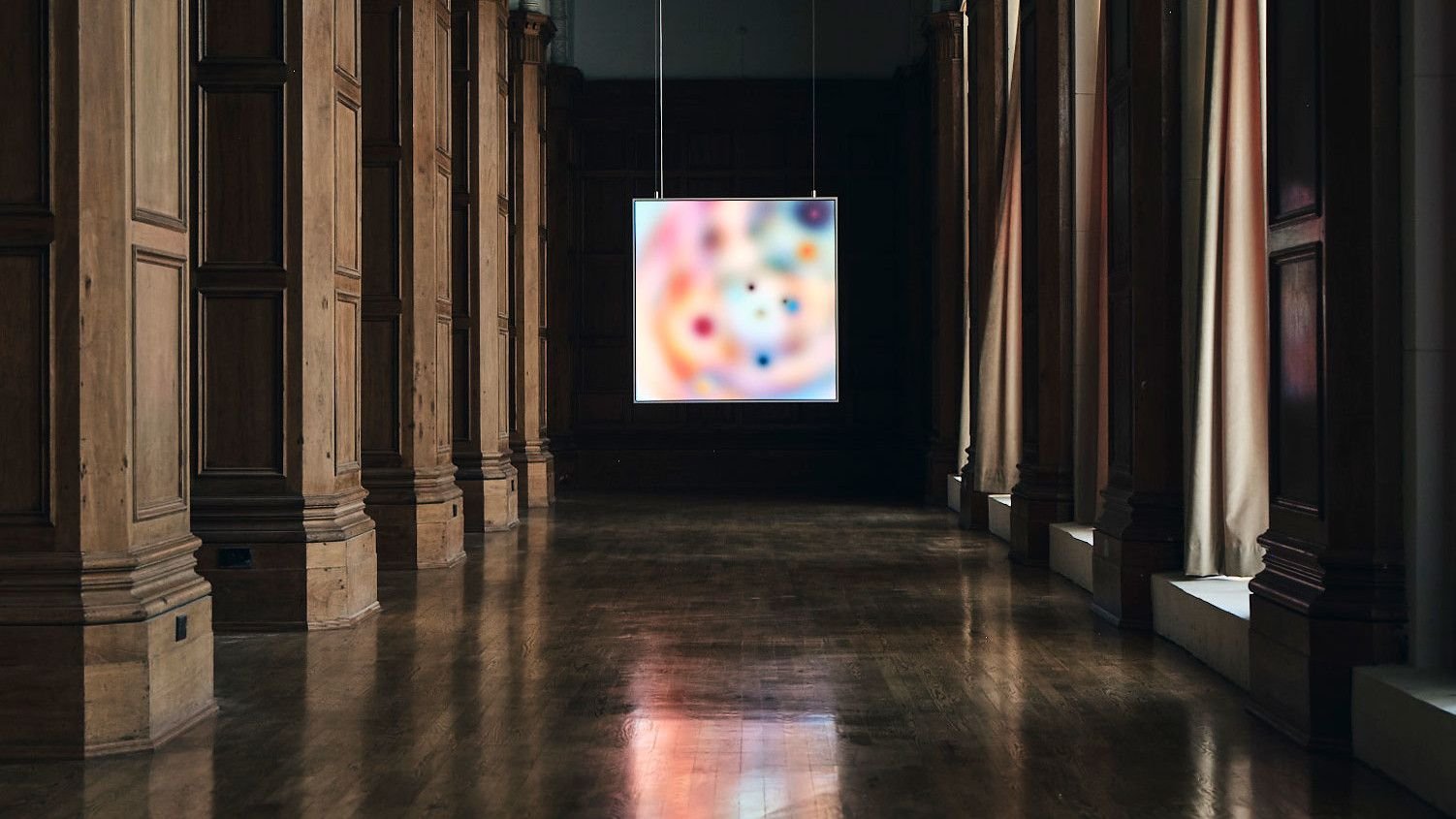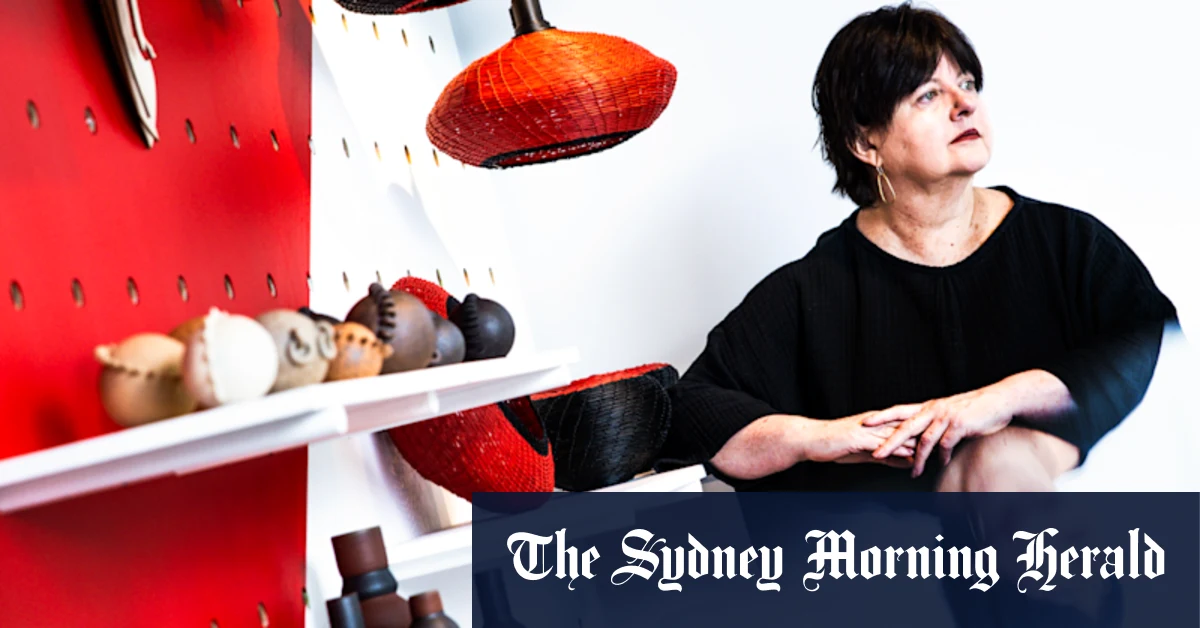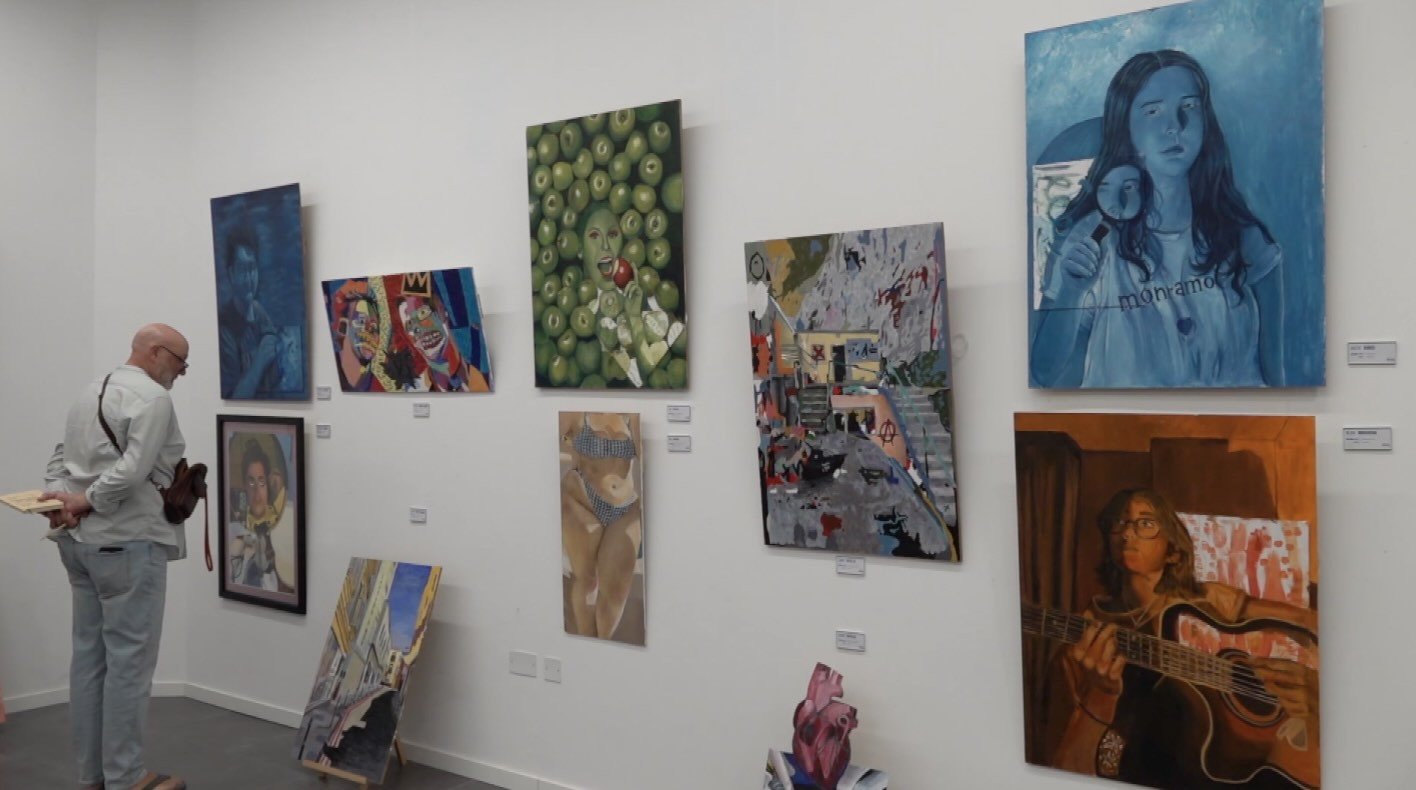Through the Hood Museum’s “A Space for Dialogue” program, which offers student interns the chance to curate their own exhibition, Sadie Weil ’25 researched and created “Hidden Histories: Art, Provenance and the Nazi Era.” It is currently on display at the Alvin P. Gutman Gallery in the Hood through Nov. 2.
Spanning different mediums and time periods, Weil chose works that have gaps in their provenance that raise complex moral, curatorial and legal questions around their acquisition and stewardship. In conjunction with the exhibition, Weil will give a talk about her research on Oct. 3 at the Hood Museum. The Dartmouth sat down with Weil to learn more about her research process, curatorial approach and development of her exhibition.
You have said that your exhibition focuses on “red flags” surrounding gaps in ownership of artworks in the Nazi era. What drew you to this topic?
SW: I first learned a little bit about Nazi looting during my sophomore summer, in a class I took with Professor [Katie] Hornstein called “Bad Art!” It was a totally new angle to a history that I had felt I knew everything about.
I’d also always been interested in ownership and how art moves through the world — for example, who buys it and what kind of factors dictate taste. So I thought this was a really interesting chapter of history through which to explore those questions.
What did you learn from the curatorial process?
SW: When you go into an art museum, what tends to be emphasized is the aesthetic value of the work. You’re given a lot of historical context that typically instructs you on how to view something as good and what the criteria for good art is. What I was trying to do was a little bit different — I really wanted to foreground the stories that were held in the art, and that can be told through their ownership.
My biggest challenge was definitely the writing — how to balance explaining historical significance while also giving the appropriate amount of space to the story that’s hidden behind who owned it and when and how it passed hands.
A lot of the stories are incomplete. I think one of the biggest things I learned in putting up this exhibition is that in provenance research, you’re just dealing with a lot of question marks. There are huge lapses in the archive because so much was destroyed, either deliberately or as a result of war. So you have to be willing to persevere to close those gaps. There’s stuff in my show where I’m not sure if we’ll ever know where it came from, but it is just a matter of continually checking. That’s something that I found a bit frustrating to grapple with, because there is this desire for clarity.
Did any particular artwork stand out?
SW: Perhaps the most problematic is the drawing owned by Ludwig Pollak. His collection was confiscated by the Italian authorities when he was deported to Auschwitz, and his collection pertaining to Goethe was auctioned off. We’re not quite sure how Meyer Schweitzer got the drawing, but there is a high probability that it was confiscated upon Pollak’s deportation. I think the story gets really interesting because none of Pollak’s relatives are alive anymore, so the question that arises from that is ‘where should this drawing go?’ A lot of provenance research leads to further questions.
What do you hope viewers take away from your exhibition?
SW: I was trying to counter the perception of the museum as a timeless, apolitical, objective place. Often when you look at art in museums, the way that it’s explained to a public audience is just focused on the brush works or the color or the technique — so some of the history is lost. With this exhibition, I tried to add a bit more temporalization and history back into the objects. I want people to be more curious about the context in which art at museums was created.
Museums are for the public, and part of what I hope to do with this exhibition is raise questions to the wider community so that there are more opinions that factor into the decision making around the retention of objects.
What do you think is the responsibility of museums and student curators in curating these complicated histories?
SW: Part of why I was drawn to the Nazi-era provenance initiative was that most museums have one. If you go on any museum website like that of MoMA or The Met, they will typically have a web page on Nazi-era provenance. These pages will list objects that are typically flagged for provenance research and maybe a brief blurb of what they’re doing. But I think because this stuff isn’t frequently publicized, people don’t know how it actually occurs.
I think part of being an ethical institution is having transparency with the public. I don’t think that means having an answer for everything, but it is about updating museum constituents by saying, ‘Hey, this is what we’re doing.’ To be transparent with the public means updating people on the work that happens behind the scenes.
This interview has been edited for clarity and length.






